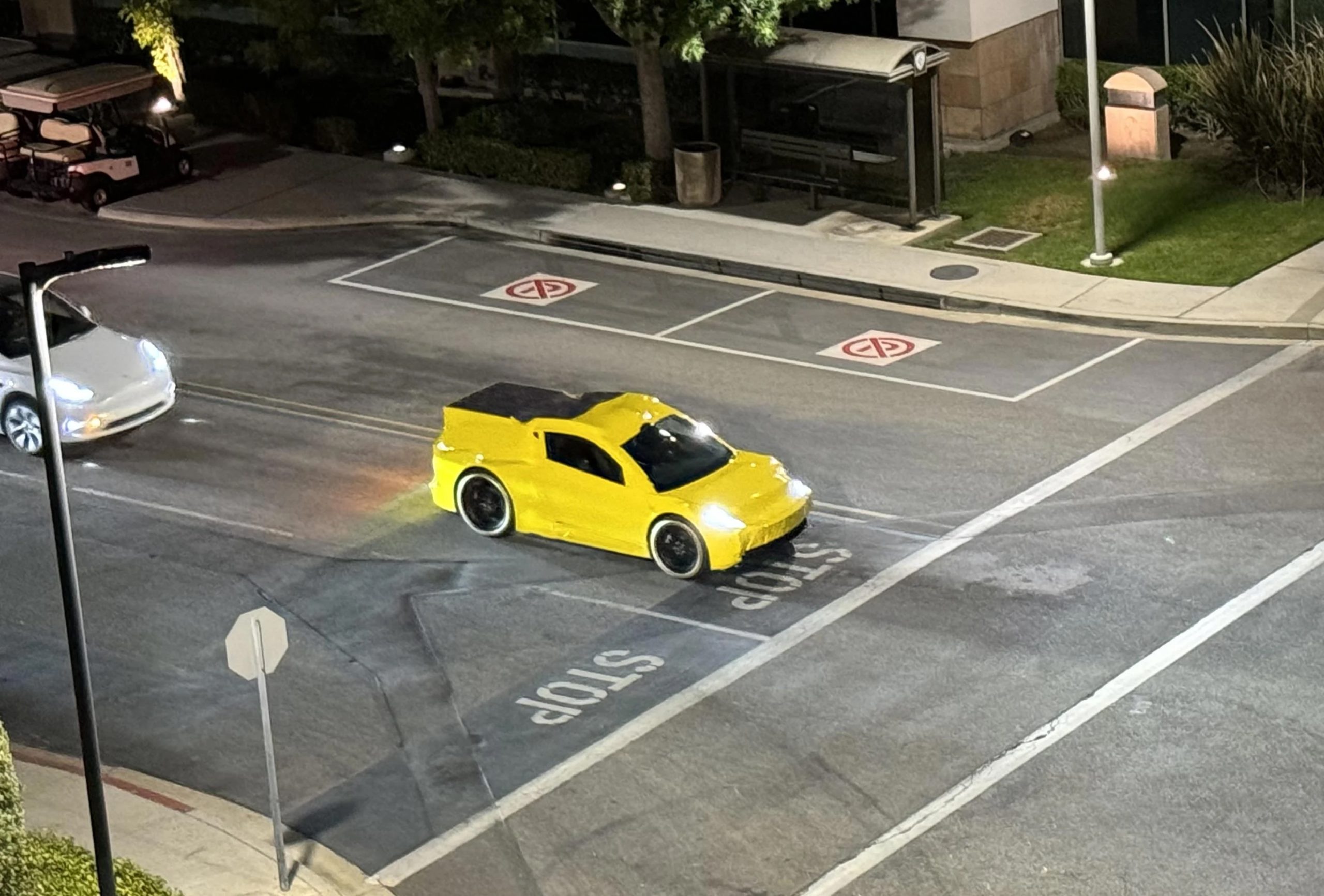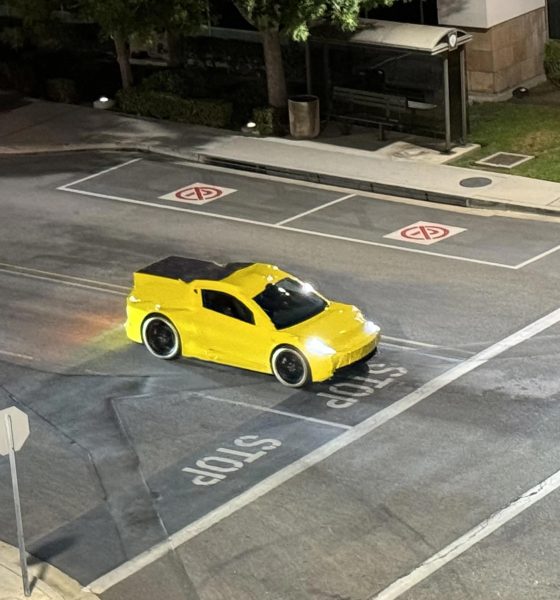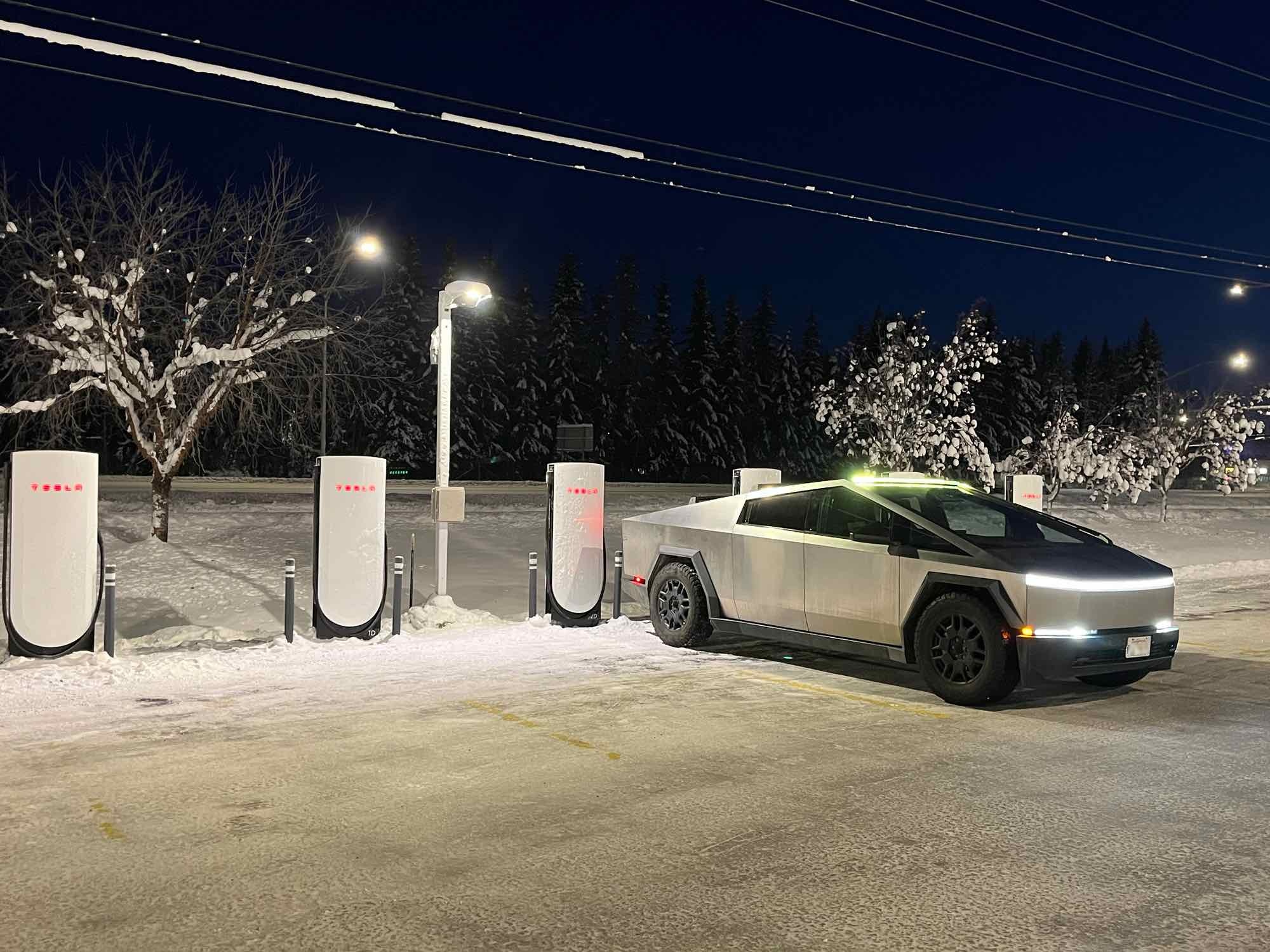

News
How consumers view robotaxis ahead of Tesla’s ‘We, Robot’ event: study
Ahead of Tesla’s Robotaxi unveiling event on Thursday, one firm has released data suggesting that early consumer experience with driverless ride-hailing platforms has generally been positive.
On Tuesday, J.D. Power shared the results of its 2024 U.S. Robotaxi Experience study, which found that, on average, consumers ranked driverless ride-hailing experiences an 8.53 out of 10. In its second year, the study surveyed 3,773 respondents along with 773 consumers who lived in cities such as San Francisco, Los Angeles, Phoenix, Las Vegas, and Dallas, where robotaxi services are already available.
Perhaps unsurprisingly, consumer confidence in robotaxis was about substantially higher in those who had prior experience in one of the self-driving vehicles, landing at 76 percent, and well above the 20 percent for those who had not. Consumer confidence was also improved by public exposure to the technology, with 34 percent of those who had not ridden but had witnessed self-driving vehicles expressing some level of trust and acceptance.
Notably, these results suggest that sheer experience with robotaxi platforms — both riding inside them and seeing them on the street — tends to give consumers greater public trust in these driverless solutions. The results also come as the market for driverless ride-hailing continues to grow, as Tesla and other companies ready their commercial robotaxi offerings.
The study featured five categories, including comfort and convenience, initiating rides, taking rides in the given vehicle, service availability and cost, as well as overall vehicle technology. Responses for the study were fielded in August.
What's special about FSD Supervised is that it works anywhere in the US & Canada.
No high definition maps, no geofence.
This means you can even use it in places that no Tesla has never traveled to before
— Tesla AI (@Tesla_AI) October 4, 2024
The key findings also included that consumers regularly seek out safety features and easy access to authorities, such as the inclusion of an emergency button in robotaxis. Service area coverage and cost remain barriers for some consumers who haven’t tried the services out yet, with the vast majority of companies employing a mapping strategy to certain service areas.
“The robotaxi segment is still anyone’s game, given that most people are not familiar with robotaxi brands and haven’t formed a clear associative imagery,” said Kathleen Rizk, J.D. Power’s Senior Director of User Experience Benchmarking and Technology.
Other key findings include that consumers strongly value how well vehicles navigate traffic laws, and how well they perform when maneuvering regular traffic. In addition, 77 percent of rides said they would prefer a driverless robotaxi to a ride-share with a human driver when needing to have a private conversation.
You can view J.D. Power’s full study results for the 2024 Robotaxi Experience Study on the firm’s website here.
Currently, driverless ride-hailing services and tests are operated by the Google-owned company Waymo, May Mobility, Zoox, and Motional. Meanwhile, General Motors (GM) subsidiary Cruise was forced to halt self-driving operations last fall after an accident with a pedestrian, though it’s currently aiming to relaunch services by the end of this year.
While Tesla offers its Full Self-Driving (FSD) Supervised to customers, it doesn’t currently have the software available to consumers as a driverless ride-hailing system. However, the company is widely expected to unveil a ride-hailing service during its “We, Robot” event on Thursday, and it has already teased a mobile app ride-hailing platform.
The company’s FSD Supervised, eventually expected to become Unsupervised as Tesla targets the cars becoming safer than human drivers, is also one of the only self-driving softwares out there that doesn’t utilize area mapping. For that reason, Tesla has touted its ability to scale FSD beyond mapped-out service areas, especially when paired with the ongoing training of its AI neural network through real-time driving footage.
Apparent camouflaged Tesla Robotaxi prototype sighted at Warner Bros. Burbank
What are your thoughts? Let me know at zach@teslarati.com, find me on X at @zacharyvisconti, or send us tips at tips@teslarati.com.

Cybertruck
Tesla updates Cybertruck owners about key Powershare feature

Tesla is updating Cybertruck owners on its timeline of a massive feature that has yet to ship: Powershare with Powerwall.
Powershare is a bidirectional charging feature exclusive to Cybertruck, which allows the vehicle’s battery to act as a portable power source for homes, appliances, tools, other EVs, and more. It was announced in late 2023 as part of Tesla’s push into vehicle-to-everything energy sharing, and acting as a giant portable charger is the main advantage, as it can provide backup power during outages.
Cybertruck’s Powershare system supports both vehicle-to-load (V2L) and vehicle-to-home (V2H), making it flexible and well-rounded for a variety of applications.
However, even though the feature was promised with Cybertruck, it has yet to be shipped to vehicles. Tesla communicated with owners through email recently regarding Powershare with Powerwall, which essentially has the pickup act as an extended battery.
Powerwall discharge would be prioritized before tapping into the truck’s larger pack.
However, Tesla is still working on getting the feature out to owners, an email said:
“We’re writing to let you know that the Powershare with Powerwall feature is still in development and is now scheduled for release in mid-2026.
This new release date gives us additional time to design and test this feature, ensuring its ability to communicate and optimize energy sharing between your vehicle and many configurations and generations of Powerwall. We are also using this time to develop additional Powershare features that will help us continue to accelerate the world’s transition to sustainable energy.”
Owners have expressed some real disappointment in Tesla’s continuous delays in releasing the feature, as it was expected to be released by late 2024, but now has been pushed back several times to mid-2026, according to the email.
Foundation Series Cybertruck buyers paid extra, expecting the feature to be rolled out with their vehicle upon pickup.
Cybertruck’s Lead Engineer, Wes Morrill, even commented on the holdup:
As a Cybertruck owner who also has Powerwall, I empathize with the disappointed comments.
To their credit, the team has delivered powershare functionality to Cybertruck customers who otherwise have no backup with development of the powershare gateway. As well as those with solar…
— Wes (@wmorrill3) December 12, 2025
He said that “it turned out to be much harder than anticipated to make powershare work seamlessly with existing Powerwalls through existing wall connectors. Two grid-forming devices need to negotiate who will form and who will follow, depending on the state of charge of each, and they need to do this without a network and through multiple generations of hardware, and test and validate this process through rigorous certifications to ensure grid safety.”
It’s nice to see the transparency, but it is justified for some Cybertruck owners to feel like they’ve been bait-and-switched.
News
Tesla’s northernmost Supercharger in North America opens

Tesla has opened its northernmost Supercharger in Fairbanks, Alaska, with eight V4 stalls located in one of the most frigid cities in the U.S.
Located just 196 miles from the Arctic Circle, Fairbanks’s average temperature for the week was around -12 degrees Fahrenheit. However, there are plenty of Tesla owners in Alaska who have been waiting for more charging options out in public.
There are only 36 total Supercharger stalls in Alaska, despite being the largest state in the U.S.
Eight Superchargers were added to Fairbanks, which will eventually be a 48-stall station. Tesla announced its activation today:
North America’s northernmost Supercharger Fairbanks, AK (8 stalls) opened to public. https://t.co/M4l04DZ6B5 pic.twitter.com/zyL6bDuA93
— Tesla Charging (@TeslaCharging) December 12, 2025
The base price per kWh is $0.43 at the Fairbanks Supercharger. Thanks to its V4 capabilities, it can charge at speeds up to 325 kW.
Despite being the northernmost Supercharger in North America, it is not even in the Top 5 northernmost Superchargers globally, because Alaska is south of Norway. The northernmost Supercharger is in Honningsvåg, Norway. All of the Top 5 are in the Scandanavian country.
Tesla’s Supercharger expansion in 2025 has been impressive, and although it experienced some early-quarter slowdowns due to V3-to-V4 hardware transitions, it has been the company’s strongest year for deployments.
🚨🚨 Tesla Supercharging had a HUGE year, and they deserve to be recognized.
🍔 Opened Tesla Diner, a drive-in movie theater with awesome, Chef-curated cuisine
🔌 Gave access to Superchargers to several EV makers, including Hyundai, Genesis, Mercedes-Benz, Kia, Lucid, Toyota,… pic.twitter.com/yYT2QEbqoW
— TESLARATI (@Teslarati) December 10, 2025
Through the three quarters of 2025, the company has added 7,753 stations and 73,817 stalls across the world, a 16 percent increase in stations and an 18 percent increase in stalls compared to last year.
Tesla is on track to add over 12,000 stalls for the full year, achieving an average of one new stall every hour, an impressive statistic.
Recently, the company wrapped up construction at its Supercharger Oasis in Lost Hills, California, a 168-stall Supercharger that Tesla Solar Panels completely power. It is the largest Supercharger in the world.
News
Tesla shocks with latest Robotaxi testing move
Why Tesla has chosen to use a couple of Model S units must have a reason; the company is calculated in its engineering and data collection efforts, so this is definitely more than “we just felt like giving our drivers a change of scenery.”

Tesla Model S vehicles were spotted performing validation testing with LiDAR rigs in California today, a pretty big switch-up compared to what we are used to seeing on the roads.
Tesla utilizes the Model Y crossover for its Robotaxi fleet. It is adequately sized, the most popular vehicle in its lineup, and is suitable for a wide variety of applications. It provides enough luxury for a single rider, but enough room for several passengers, if needed.
However, the testing has seemingly expanded to one of Tesla’s premium flagship offerings, as the Model S was spotted with the validation equipment that is seen entirely with Model Y vehicles. We have written several articles on Robotaxi testing mules being spotted across the United States, but this is a first:
🚨 Tesla is using Model S vehicles fitted with LiDAR rigs to validate FSD and Robotaxi, differing from the Model Ys that it uses typically
Those Model Y vehicles have been on the East Coast for some time. These Model S cars were spotted in California https://t.co/CN9Bw5Wma8 pic.twitter.com/UE55hx5mdd
— TESLARATI (@Teslarati) December 11, 2025
Why Tesla has chosen to use a couple of Model S units must have a reason; the company is calculated in its engineering and data collection efforts, so this is definitely more than “we just felt like giving our drivers a change of scenery.”
It seems to hint that Tesla could add a premium, more luxury offering to its Robotaxi platform eventually. Think about it: Uber has Uber Black, Lyft has Lyft Black. These vehicles and services are associated with a more premium cost as they combine luxury models with more catered transportation options.
Tesla could be testing the waters here, and it could be thinking of adding the Model S to its fleet of ride-hailing vehicles.
Reluctant to remove the Model S from its production plans completely despite its low volume contributions to the overall mission of transitioning the world to sustainable energy, the flagship sedan has always meant something. CEO Elon Musk referred to it, along with its sibling Model X, as continuing on production lines due to “sentimental reasons.”
However, its purpose might have been expanded to justify keeping it around, and why not? It is a cozy, premium offering, and it would be great for those who want a little more luxury and are willing to pay a few extra dollars.
Of course, none of this is even close to confirmed. However, it is reasonable to speculate that the Model S could be a potential addition to the Robotaxi fleet. It’s capable of all the same things the Model Y is, but with more luxuriousness, and it could be the perfect addition to the futuristic fleet.








